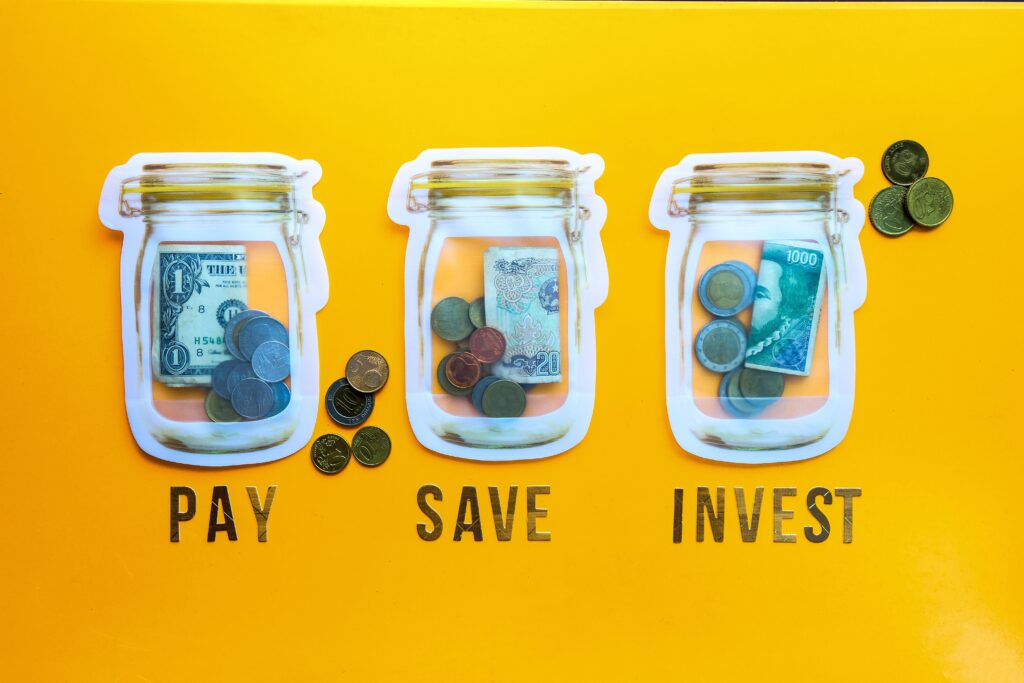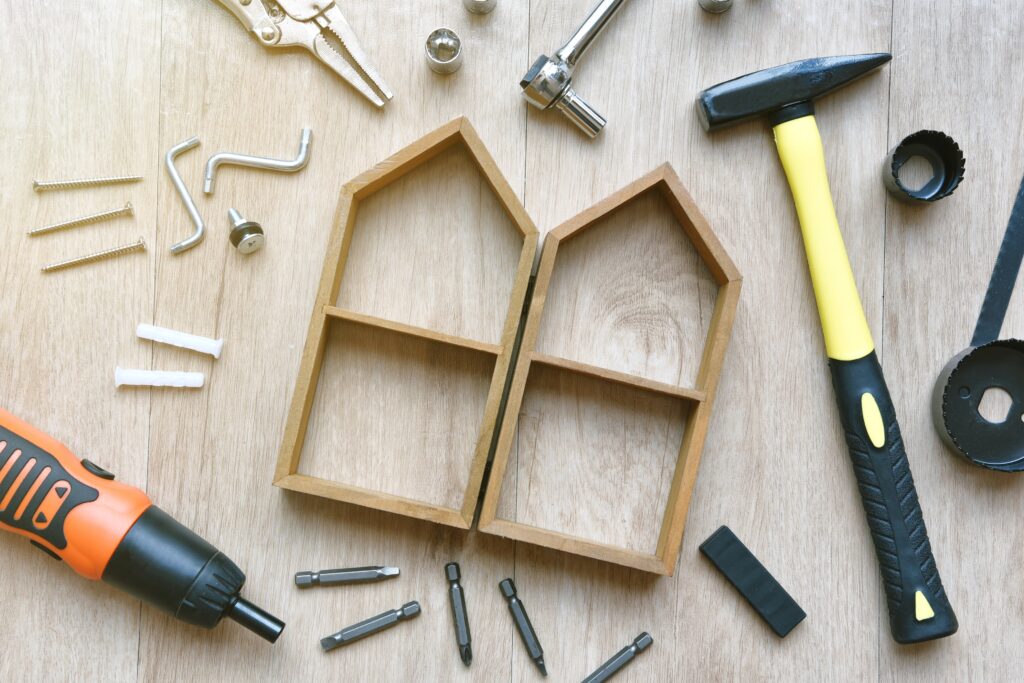3 Effective Saving Methods for Home Maintenance
A Comprehensive Guide to Home Maintenance Costs
Home maintenance costs can be a major financial burden for many homeowners. That’s why it’s important to understand the costs associated with home maintenance when buying so you can budget accordingly and set a plan in place for unexpected expenses. This article will discuss the different types of home maintenance costs, common use cases, and tips for reducing your overall home maintenance expenses.
What are Home Maintenance Costs and Why Are They So Important?
Home maintenance is the practice of taking care of and preserving the condition of a home. It includes regular inspections, repairs, cleaning, and preventive measures to ensure that a home remains in good condition for as long as possible and to protect the value of the home. Regular maintenance can also help to increase energy efficiency, improve safety, and extend the life of your appliances and finishes. Before you start budgeting, you need to consider the age, size, condition and location of your home.


Below are 3 effective methods of calculating a home maintenance budget.
The 1% Rule:
The ‘1% Rule’ is a financial strategy to set aside 1% of their purchase price on an annual basis. For example, if you paid $500,000 for your home, you'd budget $5,000 per year for maintenance. While this is a great starting point some feel it is too low, recommending as much as 3-5%. This strategy helps individuals ensure they are able to save enough money to cover unexpected costs without taking out large loans or dipping into personal savings.
Square Footage Rule:
Another method of budgeting is the ‘Square Footage Rule’. With this method you save $1 per square foot of your home for maintenance and repairs. It is based on the idea that the larger the home, the more money you will need to spend on maintenance. This system doesn’t take into account other factors that may affect maintenance costs such as the age of the home. Also the location may affect labour costs if the maintenance and repairs are not DIY.
An Individual Approach:
A third and possibly most effective method of estimating a maintenance budget is an individual approach. This approach involves looking at the age and condition of each major feature of the home. For example the roof, siding, foundation, electrical and plumbing. Also major appliances like the water heater, furnace, and air conditioning. Research the cost to replace these major features and create a timeline of when they will likely need to be replaced. Then you can budget accordingly by month and add into your monthly household budget.
Establishing your home budget is just as important as having a personal one. Without tracking and allocating your money, it can be difficult to achieve your desired financial objectives whether it’s personal or home updates you dream of. It is essential to be prudent when deciding where to place your money.
Common long term costs
- Replace all plumbing or electrical $4000-$8,000
- Replace roof average $14,000
- Hot water tank replacement $1,500-$3000
- Replace flooring $2000-$10,000
- Replace appliances $2500-$15,000+
Common short term costs
- Paint $100 (+ your time) - $4000
- Furnace inspection $0-$250+
- Clearing gutters $0-$300
- Fireplace cleaning $250+
*these costs vary depending on square footage, product quality and your local installer rates
Where to save your money
A simple savings account will suffice, but consider putting some of your home maintenance savings in a guaranteed investment certificate (GIC). Note this maybe be difficult to access to those funds easily if major maintenance comes up, so be sure to always have an easily accessible emergency fund. Another option is laddering your GICs; multiple GICs with varied maturity dates (ie. 1 year, 2 year, 3 year, so on) can be very beneficial if you’re using the individual approach and set a timeline for maintenance on major features in your home. No matter where you save, set a realistic and effective system to ensure you’re covered when the time comes for annual maintenance